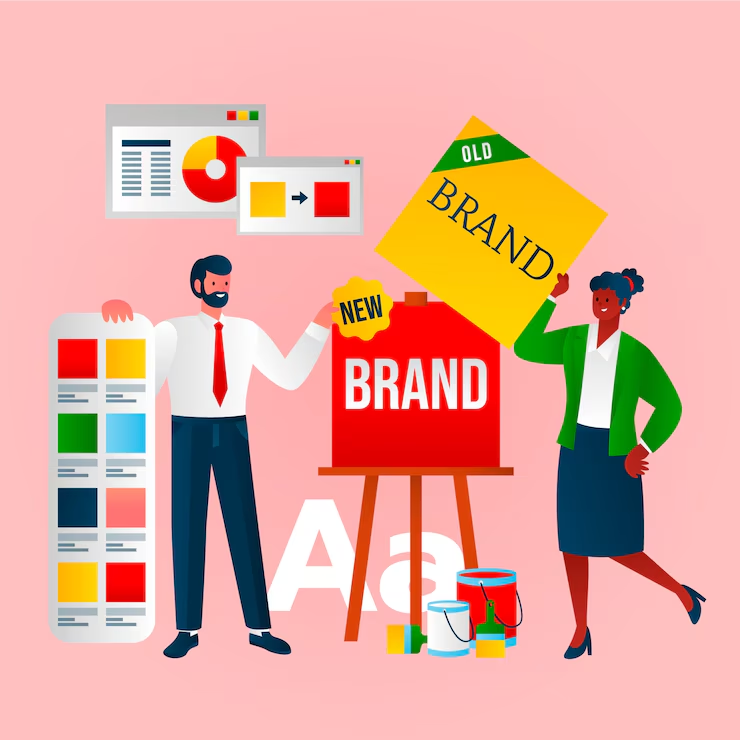How to Make Your Logo Design Stand Out

Crafting a powerful logo is essential for startups to stand out in a crowded market, establish brand identity, and create a memorable first impression. This guide dives deep into the elements that make a startup logo impactful, covering everything from the psychology of colors and typography to the importance of minimalism, scalability, and symbolism. Learn how to design a logo that not only resonates with your target audience but also conveys your brand’s mission and values with clarity and sophistication. From selecting unique, industry-specific elements to tips on testing and refining your design, this resource provides comprehensive insights to help startups create logos that elevate brand perception, inspire trust, and set the foundation for long-term success.
Importance of a Strong Logo for Startups
- Establishing Brand Recognition: A powerful logo is the face of the brand, crucial for initial recognition and establishing credibility.
- First Impressions Matter: A logo that resonates can create a positive, lasting impression in the minds of potential customers.
Minimalist Approach for Maximum Impact
- Keeping it Simple and Memorable: Minimalist logos avoid clutter, focusing on a straightforward design that’s easy to recognize and recall.
- Using Clean Lines and Simple Shapes: Streamlined shapes and lines make logos visually appealing and easily identifiable.
Choosing Colors that Evoke Emotion
- Understanding Color Psychology: Different colors convey different emotions and can significantly impact brand perception (e.g., blue for trust, green for growth).
- Creating a Cohesive Brand Palette: A carefully chosen palette enhances brand identity and ensures a consistent visual language.
Symbolism to Communicate Brand Values
- Using Symbols with Purpose: Icons or shapes can represent the brand’s core values, such as innovation, sustainability, or creativity.
- Adding Depth and Meaning: Thoughtful symbols add a layer of meaning, helping audiences connect emotionally with the brand.
Emphasis on Scalability and Flexibility
- Ensuring Versatility Across Platforms: The logo should look great at any size, from social media icons to billboard ads.
- Testing for Scalability: Logos must retain clarity and quality across a range of sizes and backgrounds.
Typography and Personality
- Selecting Fonts that Reflect Brand Tone: The font choice should convey the brand’s personality, whether formal, playful, or innovative.
- Experimenting with Custom Fonts: Unique typography can add originality, making the logo distinctive.
Innovation and Modern Elements for Relevance
- Infusing Contemporary Touches: Modern design elements help the logo feel fresh and relevant in a dynamic marketplace.
- Avoiding Overly Trendy Designs: While it’s important to stay current, avoid trends that may quickly become outdated.
Reflecting Brand Mission and Story
- Embedding the Brand’s Purpose: The logo can embody the startup’s mission, making it a visual representation of its story.
- Creating a Narrative Through Design: A logo that tells a story can make the brand more relatable and memorable.
Design for Longevity and Timeless Appeal
- Focus on Timelessness: Aim for a logo that won’t need frequent updates, ensuring brand consistency as the company grows.
- Building for Future Growth: A timeless design remains effective as the brand evolves, supporting longevity in the market.
Feedback and Iteration
- Gathering Insights for Refinement: Testing different designs and gathering feedback can highlight areas for improvement.
- Making Informed Adjustments: Based on feedback, fine-tune the logo elements to better connect with the target audience.














